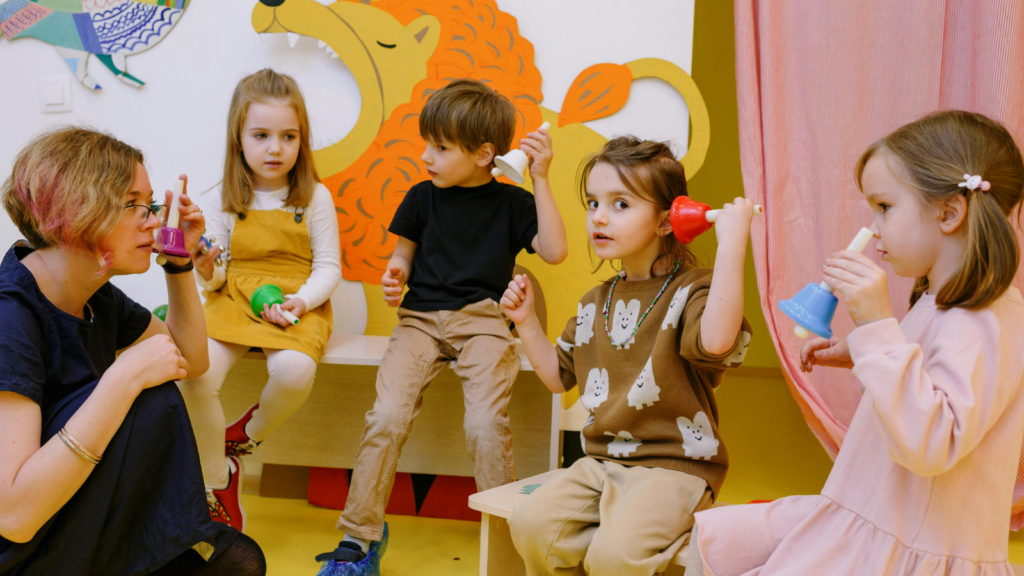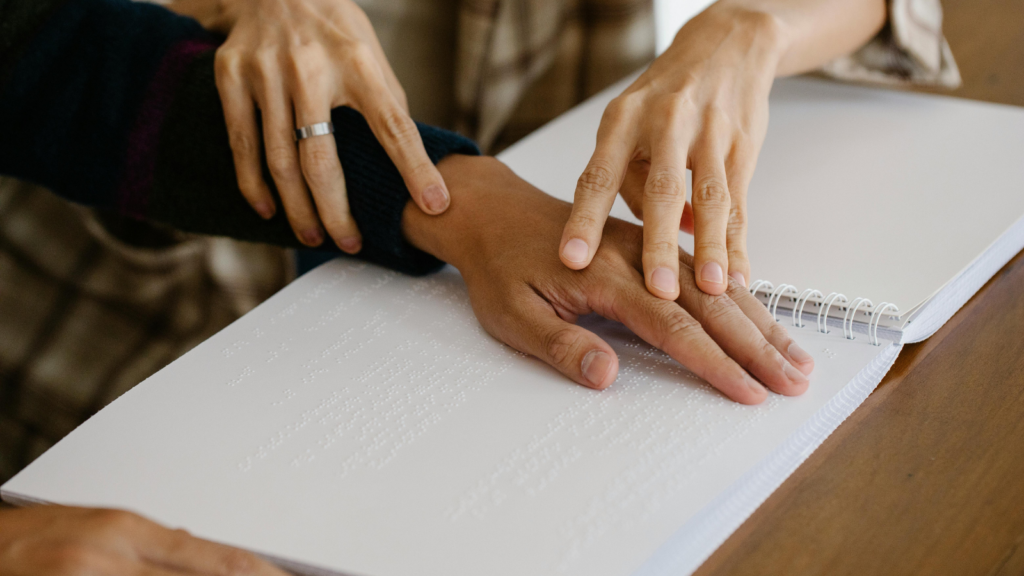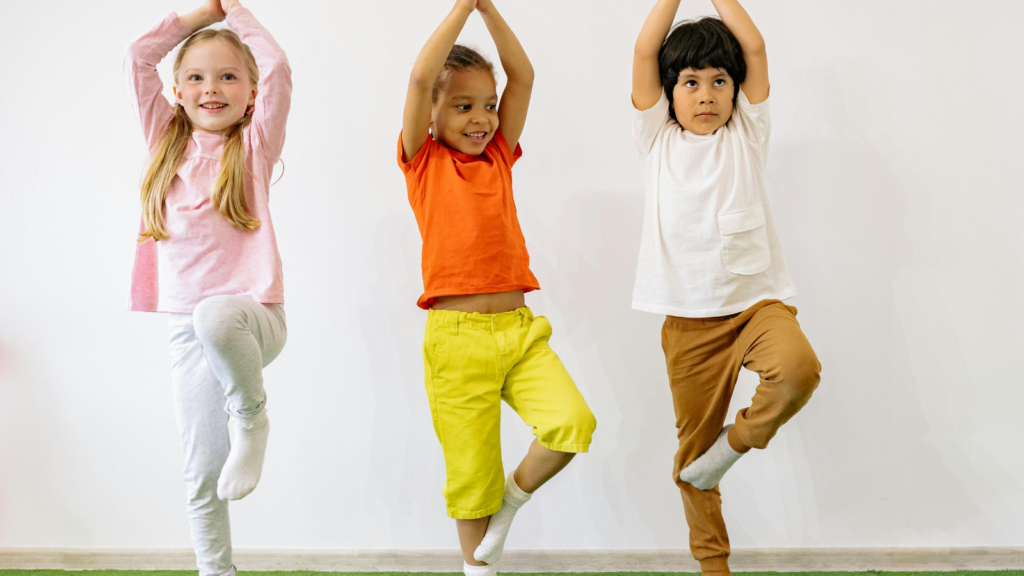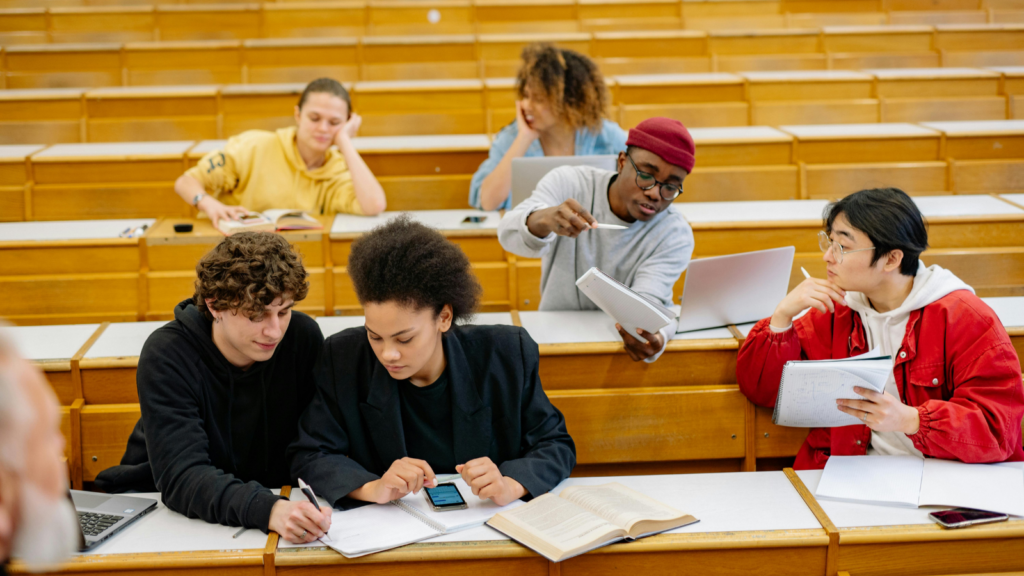In the vast ocean of learning styles, tactile learning stands out as an engaging and effective approach. It’s a method that harnesses the power of touch and physical activity to facilitate understanding and retention. This article aims to shed light on various tactile learning strategies, offering valuable insights for educators and learners alike.
Tactile Learning Strategies
What Are Tactile Learning Strategies?

Tactile learning strategies refer to methodologies that engage the sense of touch or physical movement. Predominantly used with tactile learners, these individuals learn best when provided opportunities to touch, handle, or interact with their studies physically. Examples include using manipulatives in mathematics, building models in sciences, or incorporating role-play in language arts. Learning becomes an active process involving both cognitive engagement and physical activity.
Enabling tactile learning strategies in the classroom demands creativity and planning. Teachers need to develop activities that seamlessly integrate touch and motion into the standard curriculum. For instance, tactile learners can construct geometric shapes using clay or engage in hands-on experiments to grasp scientific concepts. Thus, tactile strategies facilitate understanding complex ideas by transforming abstract notions into concrete experiences.
Benefits of Tactile Learning Strategies
Implementing tactile learning strategies offers distinct advantages. Students become more invested in their education, resulting in improved motivation and deeper comprehension. Active participation also encourages critical thinking, fostering innovative problem-solving skills. Research indicates a significant boost in retention rates when tactile strategies are employed, underlining the efficacy of this learning approach.
Barriers to Tactile Learning Strategies and Solutions
Despite the noted advantages, barriers to implementing tactile learning strategies exist. Logistics, such as classroom space and time constraints, pose challenges. Furthermore, some educators may lack the necessary training to effectively integrate these strategies. However, professional development programs focusing on tactile learning methodologies can bridge this knowledge gap.
Tactile Learning Tools and Materials
Types of Tactile Learning Tools
Tactile learning tools come in a variety of forms. Manipulatives, textured objects, and arts and crafts supplies count among these aids.

- Manipulatives: These include everyday objects which learners can touch, manipulate, and explore. For instance, use of blocks in the study of mathematics helps students visualize complex concepts.
- Textured Objects: Offering students the chance to learn by touch, these objects can come from both natural and artificial sources. Examples might include fabrics, materials such as wood or metal, rocks, leaves, or sandpaper.
- Arts and Crafts Supplies: Brushes, dough, paint, and scissors, to name a few, stimulate tactile learners’ senses and play a crucial role in their development.
Implementing Tactile Materials in Lessons
Integrating tactile materials into your lessons can present a variety of challenges, but the benefits often make the adjustment worthwhile. Teachers must consider the age of the students, the learning objectives of the lesson, and the practicalities of introducing new materials into a classroom setting.

- Age Appropriateness: Certain tactile materials are better for younger students, while others align better with older age groups. For instance, play dough might be a great tool for kindergarten students to explore shapes, but high school students might use manipulatives for better perspective in understanding geometric theorems.
- Learning Objectives: It’s important to ensure that the tactile materials align with the learning goals of a lesson. For instance, texture cards serve a more emphatic role in lessons about different types of materials than in those regarding historical events.
- Practical Considerations: Teachers must also think about logistics like cleanup and storage, accessibility for all students, and the potential need for additional supervision or assistance.
Employing this kind of sensory learning gives students a practical and tangible way to grasp concepts, enabling their thriving in a hands-on learning environment. Both teachers and students will find tremendous value and potential in the use of these tactile learning tools and materials.
An Engaging and Effective Approach
Tactile learning strategies have proven to be a game-changer in the educational landscape. They’ve opened new avenues for hands-on learners, making the learning process more engaging and effective. By integrating technology such as VR and AR with traditional tactile methods, educators can create dynamic learning environments that cater to different learning styles.


